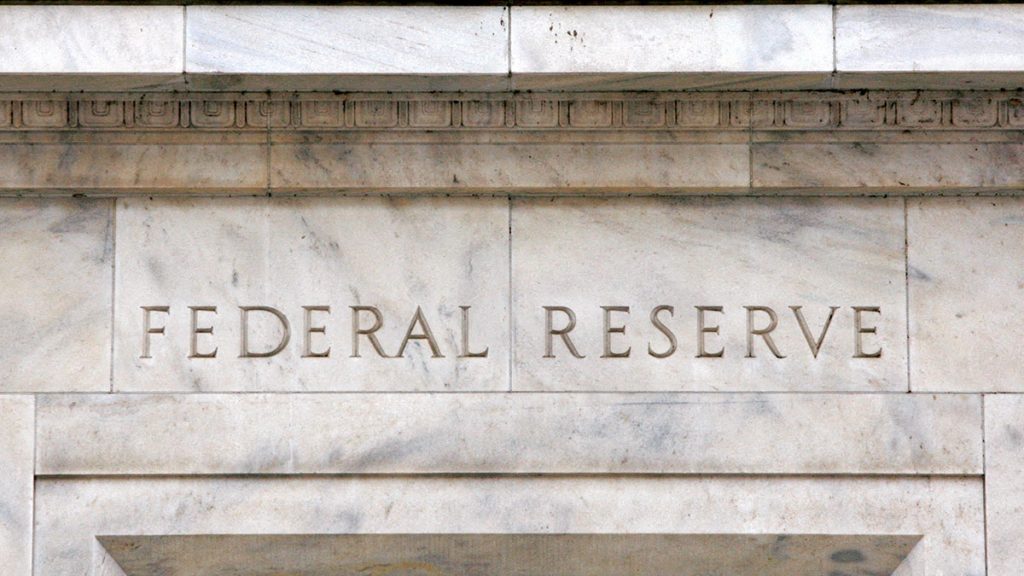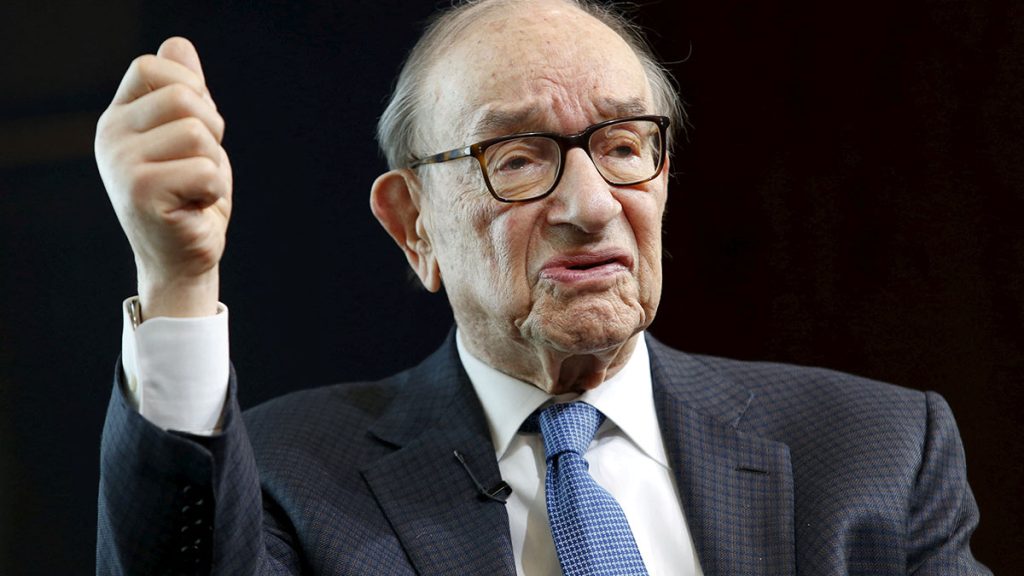
For roughly 30 years Federal Reserve policymakers and other central bankers enjoyed a world where market interest rates were falling, inflation was low, globalization effectively expanded the supply of labor, and, at the margin, markets for goods and services were becoming more open and stable.
Those trends have now been challenged if not upended altogether by the COVID-19 pandemic in a disruption that risks leaving policymakers adrift about what to expect.
The U.S. central bank is already adjusting to one unanticipated set of changes – an outbreak of inflation coupled with stalled growth in the U.S. labor force. But it may be just the beginning of a lengthy reckoning about how economic dynamics have shifted, challenging central bankers to keep pace and delve deeper into areas that have not typically been their province, such as the economics of industrial organization and the supply side.
Economists sometimes describe the sorts of changes that may be underway in terms of a new economic “regime,” but “identification becomes something of an art form,” Atlanta Fed President Raphael Bostic said last Friday on a panel at the annual meeting of the American Economic Association (AEA) in New Orleans.

“You have to identify the regime change … Then you have to understand the transition dynamics … and have a clear vision and insight into all of those … Trying to develop a single or unitary view that represents a consensus becomes a very, very difficult challenge.”
Bostic said he already regards the U.S. labor market as likely having changed for good, leaving the economy with a seemingly embedded shortage of workers and a population making different choices about labor, leisure and retirement than it did before.
But the structural rift may be far deeper.
The AEA’s agenda in New Orleans included what may prove tip-of-the-iceberg debates about a global economy not only adjusting to the pandemic, but to new geopolitical risks stemming from Russia’s invasion of Ukraine and China’s uncertain position in the post-pandemic world.
Supply chains built around relatively frictionless global trade may be recast along more expensive lines by manufacturers reluctant to count as heavily on China or desiring more resilience overall; financial markets built around anchored low interest rates and a global glut of savings may have to accommodate higher debt levels and interest rates; adaptation to climate change, whether to mitigate damage or move to lower-carbon alternative power sources, may be another force fueling higher prices.
“We may well be at a turning point in the global economy,” Kenneth Rogoff, a former chief economist at the International Monetary Fund who teaches at Harvard University, said in a panel session at the AEA meeting on Saturday. “Markets calibrated to … Chinese growth and low interest rates may prove fragile.”

NEW RESEARCH LINES
Even just the past year saw unprecedented joint losses in major stock and bond indexes, a correlated downturn that challenged the basics of portfolio management and ought to trigger deep rounds of new research about how to prepare for future crises, Kristin Forbes, a Massachusetts Institute of Technology professor and former member of the Bank of England’s Monetary Policy Committee, said on the same panel with Rogoff.
Like recessions, which are typically identified only well after they have started, other economic turning points aren’t always apparent in the moment.
A shift to higher productivity in the 1990s wasn’t broadly captured in data at the time, though then-Fed chief Alan Greenspan insisted it was underway and argued, correctly, that inflation would stay lower than expected and require lower interest rates as a result.
By contrast, former Fed Governor Randall Kroszner said the profession missed how changes in U.S. mortgage markets had allowed broader risks to the financial system to accumulate and eventually break it.
“Policy has to be made in real time,” Kroszner, a professor of economics at the University of Chicago Booth School of Business, told Reuters in an interview. “It is extremely important to have a sense of humility and realize the models you may be using, the data you are relying on, may not be appropriate going forward.”
Even when it becomes clear changes are underway, it can take time for institutions like the Fed to adapt.
It was long suspected, for example, that the so-called neutral rate of interest – the point at which economic activity is neither constrained nor stimulated – was falling, theoretically allowing the Fed’s policy interest rate to be kept lower as well.
But as evidence of that accumulated following the 2007-2009 recession, it was only embodied into Fed policy in 2020 under a new approach that leaned against premature interest rate increases.
That happened just in time for what may prove another shift in another direction as the Fed now confronts a world that, instead of a chronic shortage of demand and weak inflation, may be characterized by constrained supply and prices too hot for comfort.
Fed officials have begun tossing out new research lines and theoretical frames to put around inflation, for example.
In an essay last week, Minneapolis Fed President Neel Kashkari compared recent inflation to the “surge pricing” models used by tech firms like Uber Technologies . Fed Governor Lisa Cook, speaking on a panel at the AEA meeting last week, laid out the preliminary makings of an agenda to overhaul how the Fed understands pricing dynamics and the implications for monetary policy.
That would include the use of “real-time and other novel indicators” to improve inflation forecasting, she suggested. “When the economy is disrupted by a once-in-a-century event, there is no such thing as too much data and too much analysis.”
Behind it all: An emerging focus on the supply side of the economy, something monetary policymakers usually consider a “given” since their main tool, interest rates, operate to encourage or discourage aggregate demand, or spending.
The economy’s ability to supply goods and services may be beyond policymakers’ immediate influence, dependent more on things like regulatory policy, immigration or, more fundamentally, the quality of the country’s education system and the skills of the people who emerge from it.
But the pandemic has shown, Bostic said, that policymakers can’t ignore it.
“We learned that supply shocks can endure for quite some time in a way that I don’t think our conceptual frameworks really embraced,” Bostic told reporters in Atlanta on Monday. At the top of the list to deal with the emerging economy, “I think we do need to understand how goods get made and how our systems make it easier or harder.”
WASHINGTON (Reuters)
Inside Telecom provides you with an extensive list of content covering all aspects of the Tech industry. Keep an eye on our News section to stay informed and updated with our daily articles.